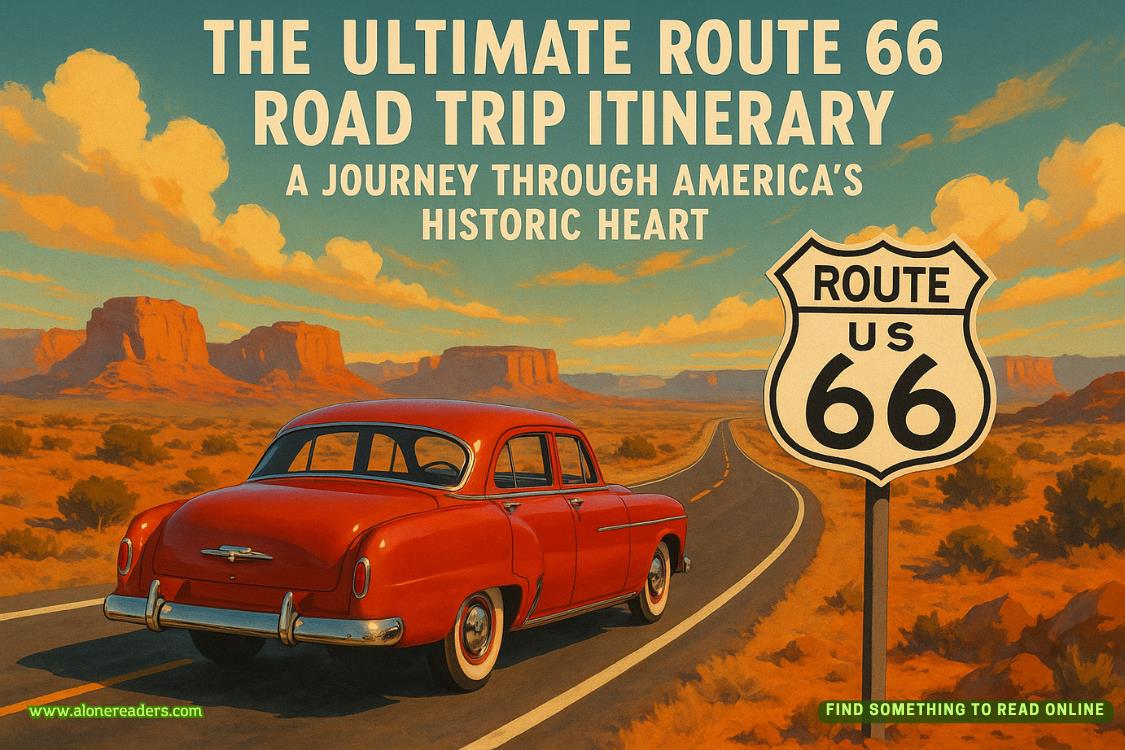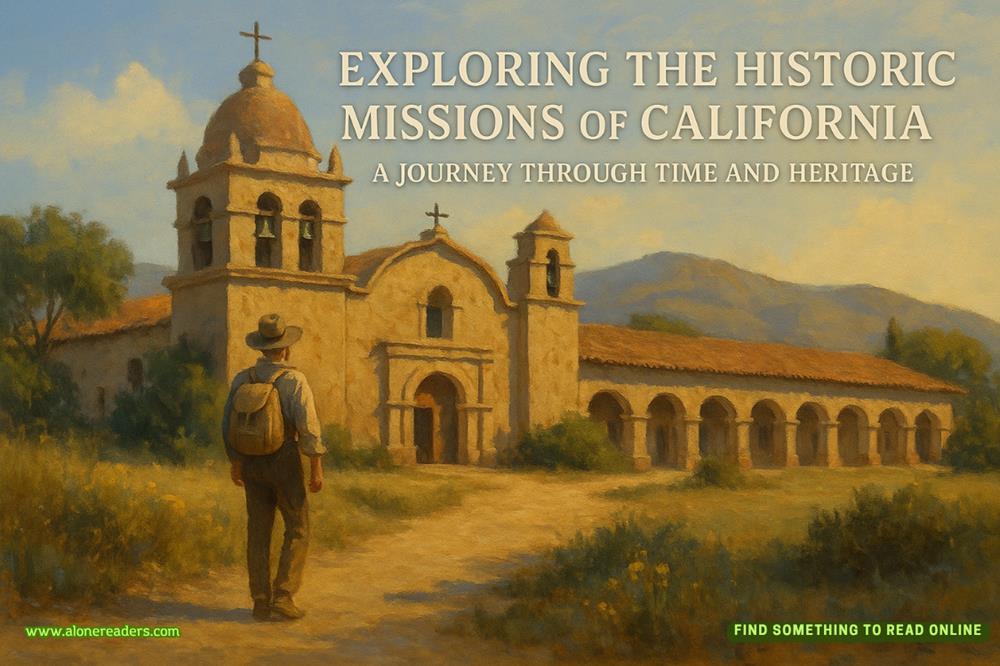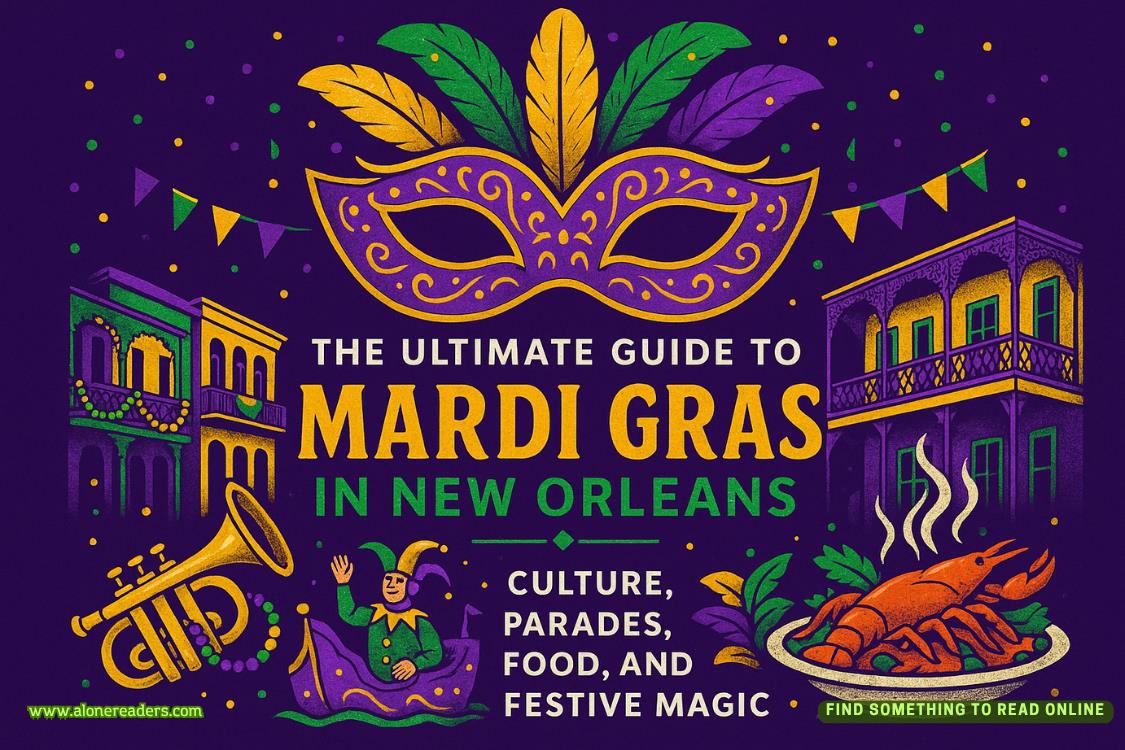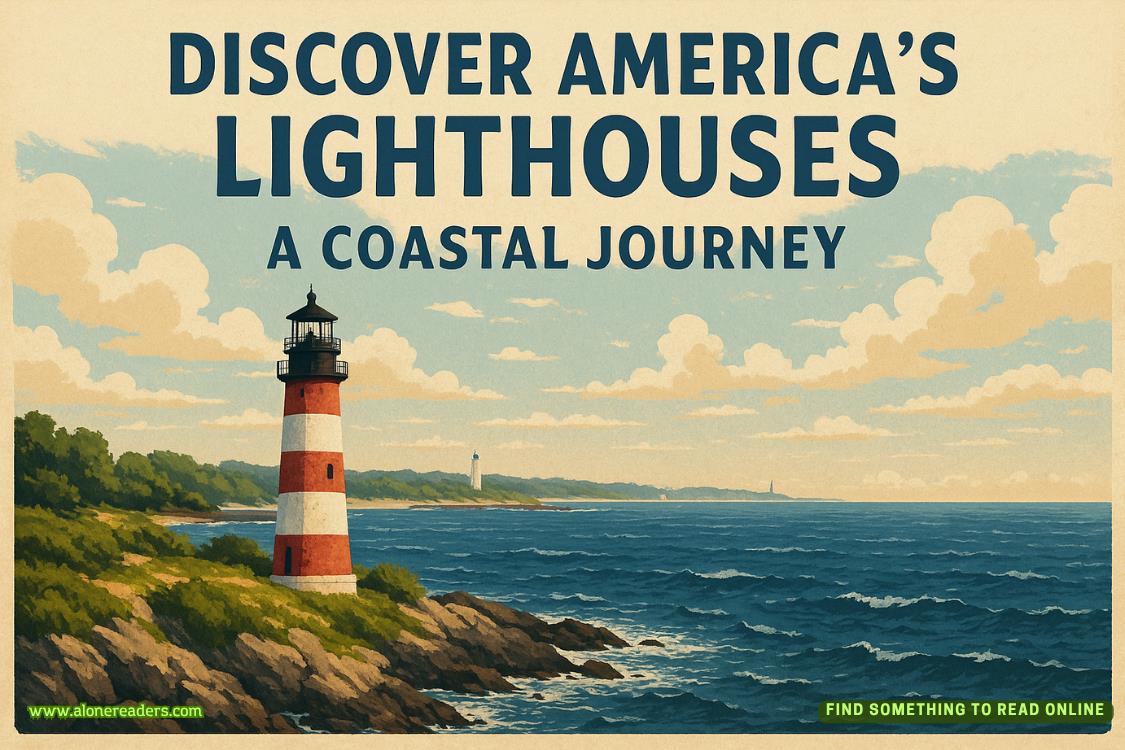Page 55 of Threads of Kindness
“These are from Charlotte’s great-grandmother to her daughter. At first, the tone is light and breezy. The newlyweds were happy, the store was thriving, and the birth of Charlotte’smother is discussed with great affection. They wrote about planning a trip for the Boston relatives to visit Westbury and meet their granddaughter. That’s where the letters end.”
He lifted the fragile telegram and handed it to Anita.
She scanned the brief message and gasped before reading it again. “I take it this is from the brother who stayed in Boston and ran the original store?”
“It seems so,” Gordon said.
“How tragic,” Anita murmured. “That elderly couple got diphtheria and died within a week of each other—before they could make the trip.”
Gordon pointed to the date. “1910. At that point, the Westbury candy store was still prospering. The trail goes dark until 1917.”
He lifted the newspaper clippings.
“Here’s the obituary for Charlotte’s grandfather. He died in a hunting accident. There are several news stories about it, too.”
“Oh gosh,” Anita whispered.
“You’ll want to read these,” Gordon said. “There was speculation at the time that it wasn’t accidental, but the police couldn’t prove anything. Hector Martin—Silas’s son—was the close friend who allegedly shot him. There were rumors that Silas used his influence to clear his son’s name.”
“I guess some things never change,” Anita said grimly. “How awful for Charlotte’s grandmother.”
“She continued to run the candy store after his death. World War I broke out in 1914, and the U.S. joined the fight in 1917. While general food rationing didn’t hit America, sugar was in short supply. The government restricted imports from the Caribbean, and overseas demand soared.”
“That would’ve been devastating for a candy maker,” Anita said.
Gordon nodded. “Our next clue is in this receipt book. It appears Charlotte’s grandmother turned her culinary skills to whiskey making. The first entry shows a sale of twelve bottles of high-proof whiskey to Silas Martin in 1921.”
“When was Prohibition again?” Anita asked.
“1920 to 1933,” Sunday supplied.
Gordon flipped more pages. “Her biggest customers were Silas Martin and the Olsson family. She made regular sales to both. My guess is they kept her and the candy business afloat.”
“Then why was all that inventory left in my basement?” Anita asked.
“We may have found the answer in my mother’s diary. My mother and Charlotte were great friends,” Judy said, rising to take over. “But first, more of the backstory. Charlotte’s grandmother died right after Prohibition ended. Her mother took over the shop, and, by then, liquor was legal again. Those twelve crates were probably bottles she couldn’t sell. Charlotte’s mother may have feared being arrested if anyone knew she had them, so she locked them away in the basement.”
“Why didn’t Charlotte get rid of them later? Why hang onto them for decades?”
“Here’s the clue from the diary. My mom wrote that Charlotte was bitten by a poisonous spider in the basement as a child and nearly died. She never went down there again—not once. She probably didn’t remember those bottles were still there.”
Anita took a step back and gestured to the table. “What a story. Did you find anything about where the still might have been?”
Gordon, Judy, and Sunday shook their heads.
“This secret was very well kept, it seems,” Sunday said. “I’m not sure we’ll ever learn more.”
Anita bit her lower lip. “This is a story of women doing what was required to survive.”
“In a way, it fits the theme of your museum,” Sunday said. “Women using their intelligence and ingenuity to get by.”
“I like the sound of that,” Anita replied. “Now, more than ever, I want my museum to incorporate this history.”
Gordon walked from the table to the open crates lining the perimeter of the workroom, their lids leaning nearby. He picked up one of the empty bottles and held it to the light.
“I have an idea,” he said. “Have a plexiglass partition made with shelves for these bottles. It might work as a room divider. You could include a few of the crates to honor the building’s past.”
“That’s a genius idea,” Sunday said. “These bottles are beautiful. If you positioned the partition to catch the light, it would be stunning.”















